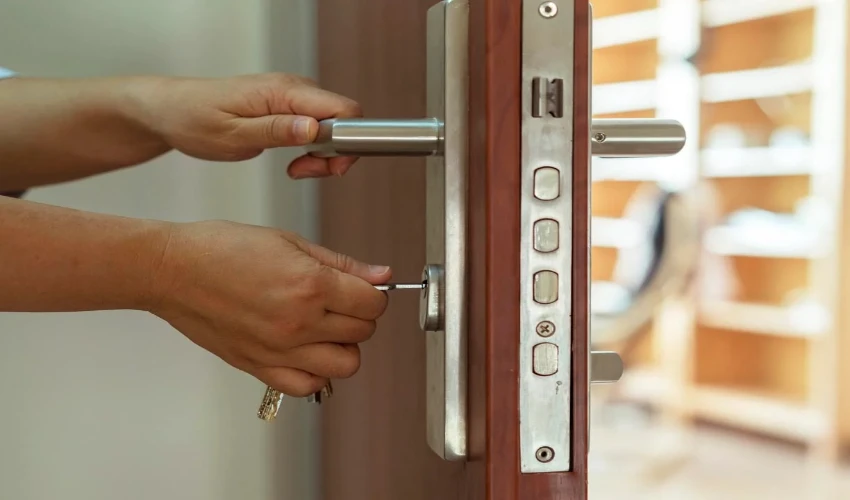In the realm of home security, windows and doors play pivotal roles as both entry points for light and air and potential vulnerabilities for break-ins. Ensuring the security of these access points is crucial for safeguarding your home against intrusions and enhancing your peace of mind. This article delves into the comprehensive measures you can take to fortify your windows and doors, from simple upgrades to advanced technological solutions.
The Foundation of Home Security
Windows and doors are the first line of defense in home KNA Security. They serve as the most direct entry points into your home, making them prime targets for burglars. The security of these points is not just about preventing unauthorized access; it’s also about creating a deterrent effect that discourages potential intruders from attempting to enter your home in the first place.
Assessing Your Home’s Vulnerabilities
The initial step in bolstering your windows and doors is to conduct a thorough assessment of their current state. Identify any potential weaknesses, such as outdated locking mechanisms, weak frame materials, or glass that is easily breakable. Pay particular attention to ground-floor windows and doors, as these are more accessible and, therefore, more attractive to intruders.
Upgrading Locks and Hardware
Upgrading the locks on your doors and windows is one of the most effective ways to enhance their security. For doors, deadbolts provide a higher level of security compared to standard latch locks. Consider installing grade 1 or grade 2 deadbolts, which offer the best resistance to lock picking and forced entry. For sliding glass doors, use a secondary locking mechanism such as a security bar or a floor bolt to prevent them from being forced open.
Windows can be secured with locks specifically designed for the type of window you have. For example, sash windows can benefit from sash locks, while casement windows can be fitted with casement locks. Additionally, consider installing window sensors that alert you when a window is opened or broken, adding an extra layer of security.
Reinforcing Glass and Frames
The glass and frames of your windows and doors can also be reinforced to prevent break-ins. Tempered glass, which is much harder to break than standard glass, is an excellent option for windows. For an added layer of protection, consider installing window security film, which holds the glass together even if shattered.
Door frames can be reinforced with metal strike plates or by using longer screws that go into the studs of your home’s frame, making the door much harder to kick in. Similarly, window frames can be strengthened by ensuring they are securely fastened to the home’s structure and by using window bars or grilles, especially in basement windows or other high-risk areas.
Technological Enhancements
Technology offers a plethora of options for enhancing the security of your windows and doors. Smart locks, which can be controlled remotely via smartphone apps, allow you to lock and unlock your doors from anywhere, providing both convenience and an added layer of security.
Video doorbells and security cameras can also be invaluable tools in deterring potential intruders. They not only allow you to monitor your home in real-time but also record footage that can be used as evidence in the event of a break-in.
The Importance of Visibility and Lighting
Visibility and lighting are critical components of windows and doors security. Intruders are less likely to target homes that are well-lit and visible to neighbors or passersby. Ensure that the areas around your doors and windows are free of obstructions that could provide cover for intruders. Motion-sensor lights are particularly effective as they can startle potential burglars and alert you to their presence.
Regular Maintenance and Good Practices
Maintaining the integrity of your windows and doors through regular maintenance is essential. Check for signs of wear and tear, such as rotting frames or cracked glass, and address these issues promptly.
Adopting good security practices can also make a significant difference. Always lock your doors and windows when leaving the house and even when you’re at home. Avoid hiding spare keys in obvious places outside your home; instead, consider leaving a spare key with a trusted neighbor.
Conclusion
Securing your windows and doors is a critical aspect of home security. By assessing vulnerabilities, upgrading locks and hardware, reinforcing glass and frames, utilizing technology, maintaining visibility and lighting, and practicing good security habits, you can significantly enhance the safety of your home. Remember, the goal is not just to deter intruders but to create multiple layers of security that protect your home and provide peace of mind. With the right measures in place, you can create a safer, more secure environment for you and your family.
